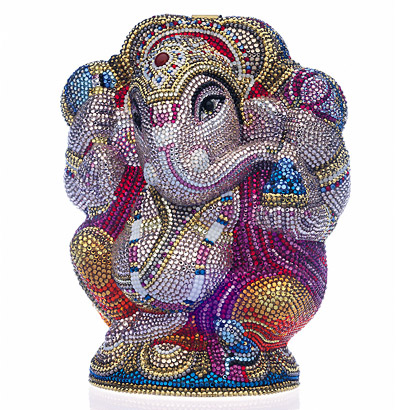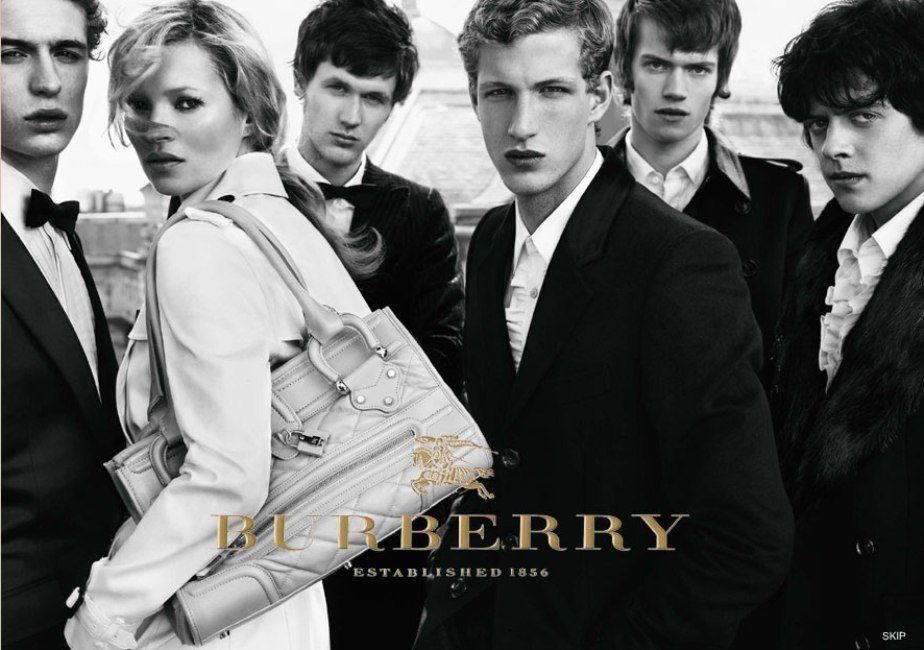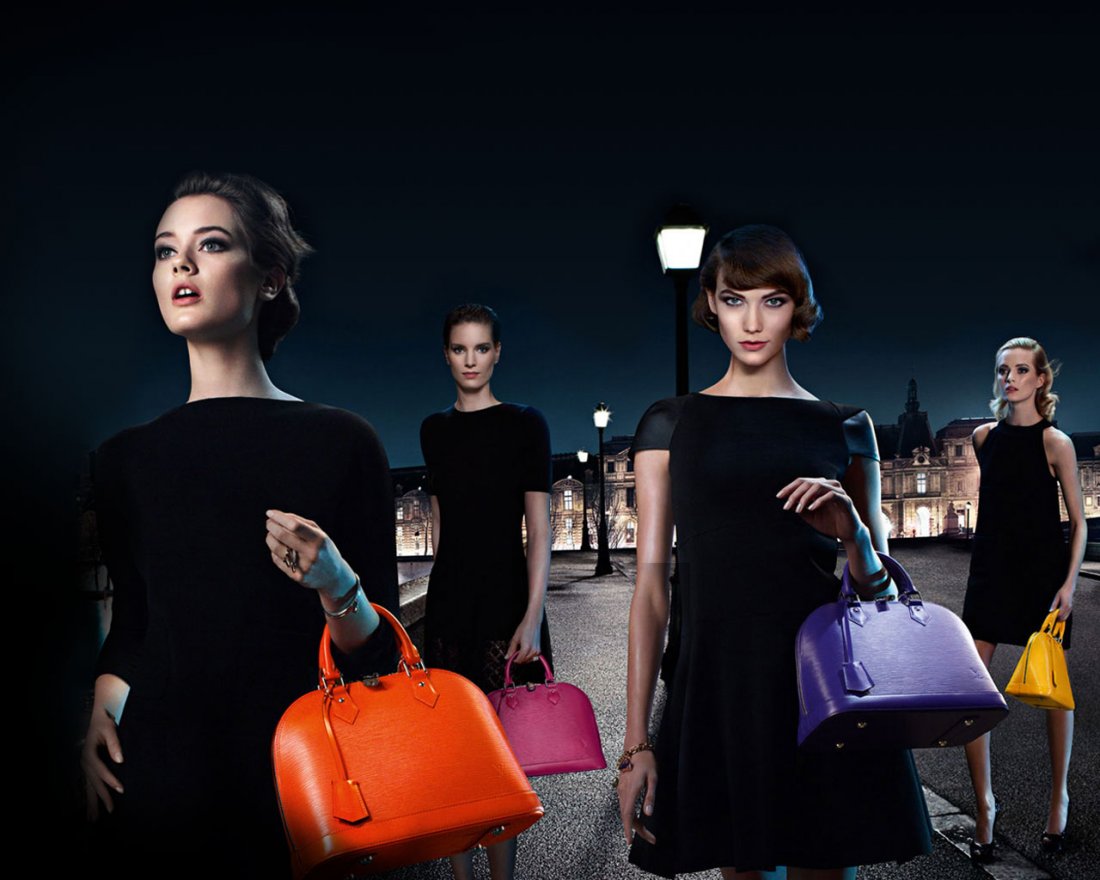Excerpts from report “Small Ain’t Beautiful — Point of View on
India Luxury Market” by Bain and Company Wednesday, August 21, 2013
In the second excerpt from Bain & Co report, we look at factors that have driven growth in luxury consumption in India in recent times and the roadblocks the industry needs to deal with.

Judith Leiber’s Ganesha Bag
The primary driver for luxury growth in India in recent years, according to Bain & Co’s report, has been a 200 per cent increase in the number of HNIs (with more than US$1 million in onshore liquid assets) since 2006. The total number of HNIs is expected to reach 132,000 by end 2013. The report also estimates there will be 1.1 million households with an annual disposable income over US$100,000 in 2013, a 60 per cent increase since 2006.
In a bid to attract the newly minted rich, luxury brands have launched innovative marketing campaigns and events. For instance, Judith Leiber tapped into India’s burgeoning luxury market in Tier-2 cities with an exclusive trunk show in Indore some time ago. The luxury handbag brand, which sells about 300 bags in India a year, sold 30 pieces ranging from US$500 to over US$6,000 at one event.
The Bain report states that besides one-off trunk shows, luxury retail is moving out of five-star hotels into hybrid malls, with a mix of luxury and non-luxury stores. The mixed used mall is based on the belief that someone who shops at Zara may also shop at Burberry. According to the report, brands have realize that five-star hotels are not the way to go.

The influx of fashion magazines in India has bolstered the luxury market. While Elle and L’Officiel have existed for over a decade, the launch of international fashion bible Vogue in 2007, followed by Harper’s Bazaar has raised the fashion and lifestyle aspirations among middle-class India, says the report. Even Robb Report, the definitive American ultra luxury magazine for the uber wealthy, featuring cigars, cars, yachts and other toys for the rich and famous, has found its footing in India.
Supply and Demand
Bain’s report suggests that a unique Indian interplay of supply and demand factors has determined the current penetration levels and growth of certain categories within the overall luxury segment. Luxury cars, with their high brand visibility, mature market and developed distribution and advertising, is the fastest growing category. Apparel, accessories, perfumes and cosmetics remain at the lower end of the penetration spectrum. The report attributes this disparity to “new money” – individuals who find it easier to “show off” with a branded car as opposed to bags and accessories. LVMH’s Patel counters this assertion. The U.S. luxury market for personal luxury goods, for instance, is estimated at US$75 billion as opposed to India’s US$1.5 billion. Even Brazil and China have more luxury consumers.

Bain’s report offers several explanations for this “Luxury Gap.” First, India has fewer HNIs than Brazil and China. Also, luxury companies have made limited retail distribution investments in India. After suffering heavy losses in the first round of investment in 2000, luxury vendors are reluctant to put in more money, as returns are higher in other emerging markets. High growth might be difficult to achieve given the limited supply-side investment early on. Additionally, Bain’s report claims that in the six brands with the largest presence in India, there has been a marked slowdown in the number of stores opened. While 2010 saw 22 stores open doors, 2011-2013 is expected to have only eight. Even marketing investment in India remains low at less than 5% of sales as opposed to 15% of sales in other parts of the world.
Regulatory factors have also deterred growth – high import duties mean that goods are 30% to 40% costlier than home country prices. 100%
However, Bain puts the growth potential at 20% to 30% in the short term.


